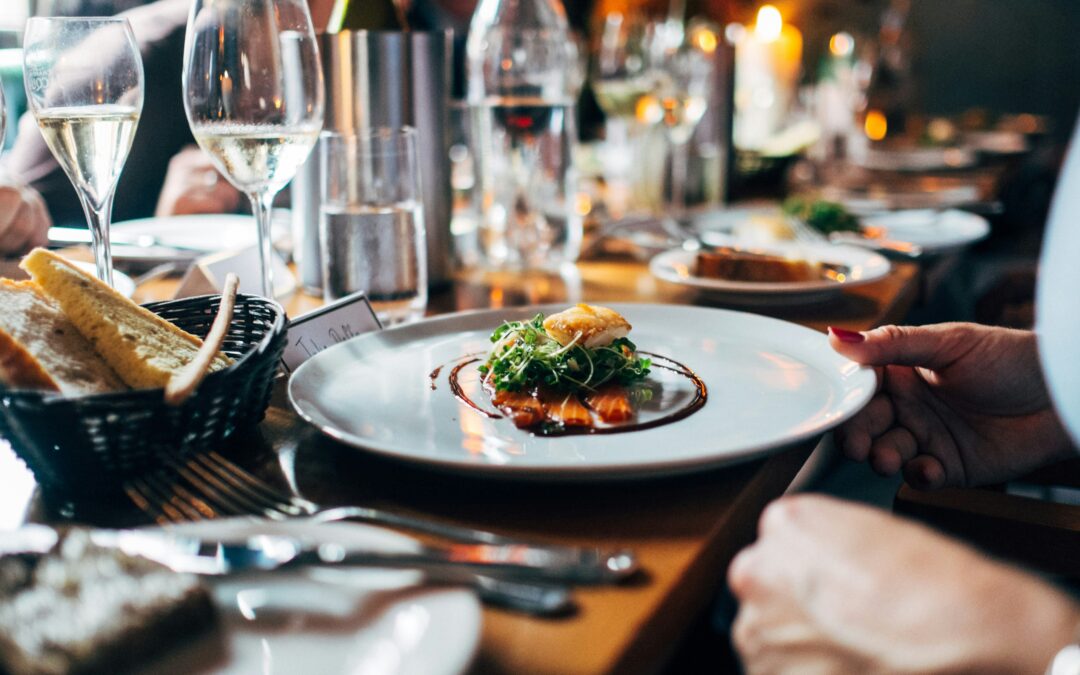If you’re planning to sell a restaurant, it’s important to know what really drives value in today’s market — and it’s not just your kitchen equipment or flashy interiors.
As a business broker, I help restaurant owners across Tennessee navigate the tricky terrain of preparing their business for sale. The restaurant industry is emotional, high-touch, and often misunderstood by investors. If you’re looking to sell, here’s what you really need to know.Sell My Restaurant Guide
1. Most Restaurants Sell for 2.1x Discretionary Earnings — But That’s Just the Average
Let’s start with the numbers. The average small to mid-sized restaurant sells for 2.1x Seller’s Discretionary Earnings (SDE).
That might sound promising — but this number is left-tailed, meaning half of restaurants actually sell for less and the ones that sell from more do not sell for much more. It’s difficult to get above 2.1x unless your restaurant has strong systems, rock-solid financials, and operational independence from the owner.
Translation: if you’re still running the pass, handling payroll, and putting out fires daily, your restaurant will likely sell for less.
2. Equipment Adds Almost No Value
Many owners are surprised to learn that used restaurant equipment is practically worthless in a sale. Most of it is depreciated, and items like hoods or built-ins usually belong to the building — not the business.
A fryer, a walk-in, or a prep station might help run a great kitchen, but they won’t move the needle in your sale price. Buyers are paying for cash flow, not coolers. Invest in equipment to make your restaurant great, but the equipment itself is not a valuation investment.
3. Financials Matter — But Quality Is King
Yes, you need clean books, and yes, you should be tracking discretionary earnings and cost controls. But here’s the catch:
Focusing solely on the numbers can ruin your restaurant.
Bean-counters like me tend to over-prioritize spreadsheets. But buyers want to see proof of quality — loyal customers, consistent experience, online reviews, and repeat traffic.
If you focus on improving the guest experience, service model, and food consistency, the numbers often take care of themselves.
4. A Trained Staff and General Manager = Higher Valuation
One of the biggest value drivers? You not being there.
Restaurants that run without the owner in the building every day are more attractive to buyers. That means having:
- A general manager who handles day-to-day operations
- A trained and accountable front-of-house and back-of-house team
- Systems for hiring, onboarding, and training
If you’ve built a team that can maintain performance with or without you, you’re on your way to a higher multiple.
5. Buyers Want a Business, Not a Job
The ultimate goal when preparing to sell a restaurant is to make it look like a business, not a job. If the buyer sees themselves stuck on the line or covering shifts, they’ll either pass or demand a steep discount.
What sells? Restaurants with:
- Predictable earnings
- Strong customer retention
- Owner-absent operations
- Positive online reputation
Make your business attractive to someone who wants to own, not just operate.
Final Thoughts: How This Impacts Valuation and Your Exit Strategy
Selling a restaurant isn’t just about cleaning up your books or staging your dining room. It’s about building a resilient, operationally independent business that creates consistent guest experiences and stable financial returns.
This kind of business is not only more sellable — it’s also more valuable.
At Legacy Entrepreneurs, I help restaurant owners:
- Position their business for sale
- Understand their real valuation
- Hire general managers so they can step away from the day-to-day
Whether you’re ready to sell now or preparing for a transition in the next 2–3 years, let’s have a conversation.

